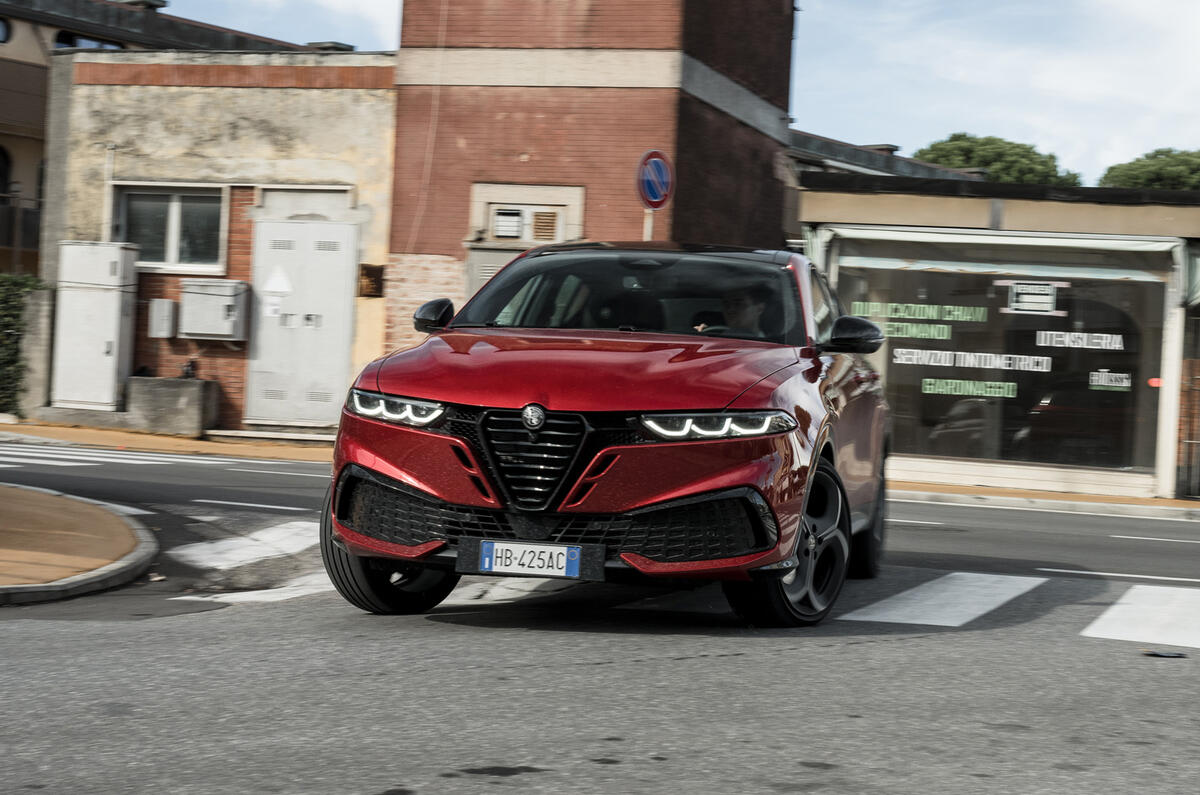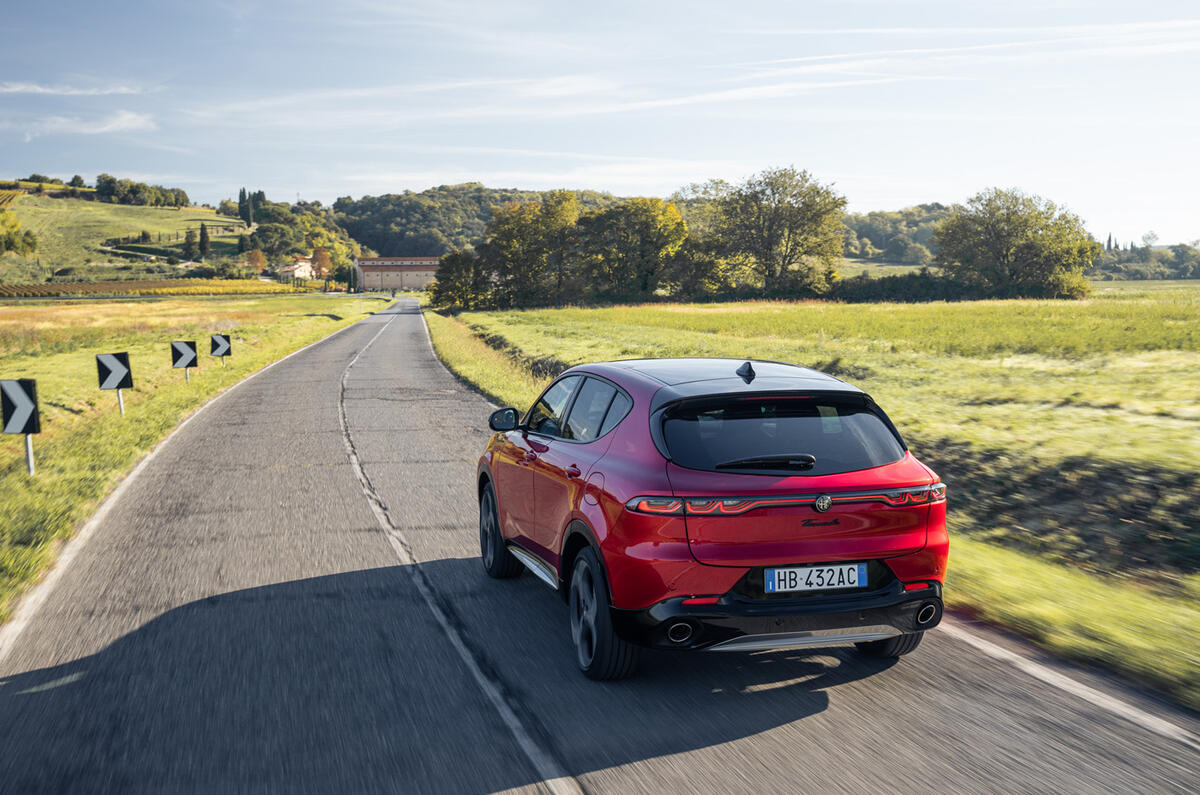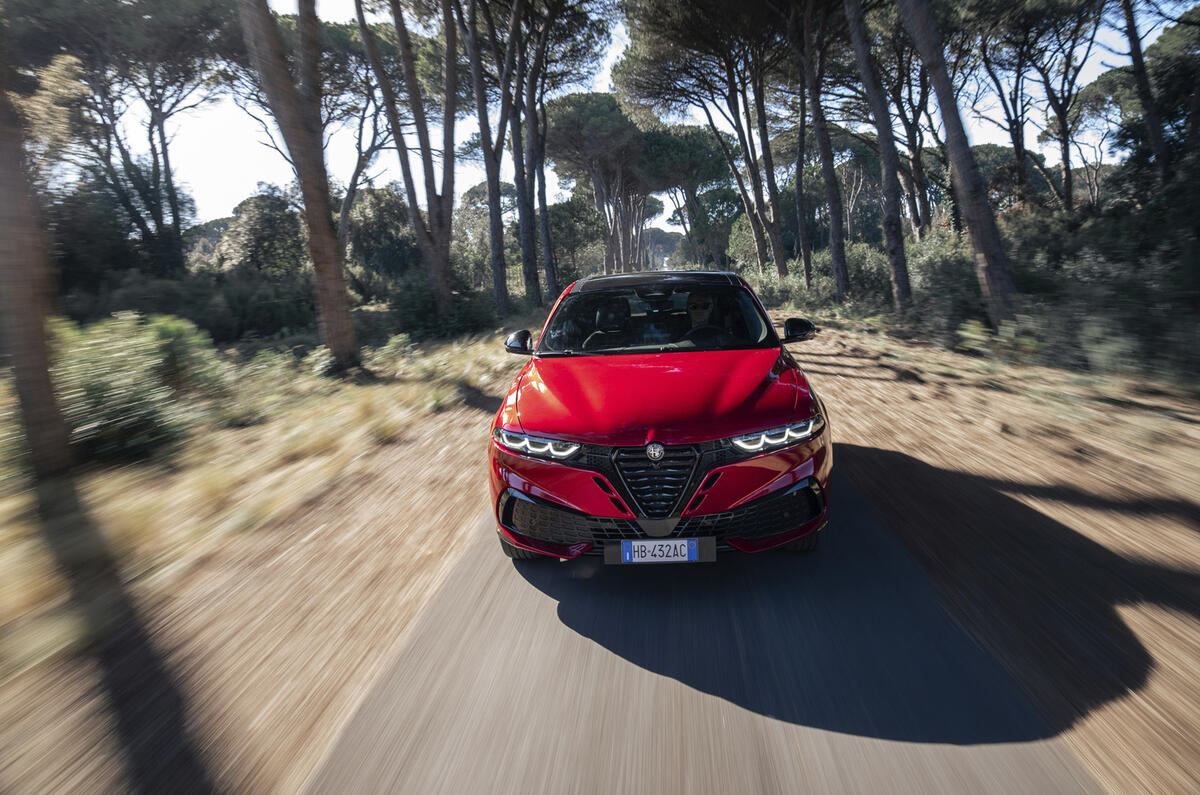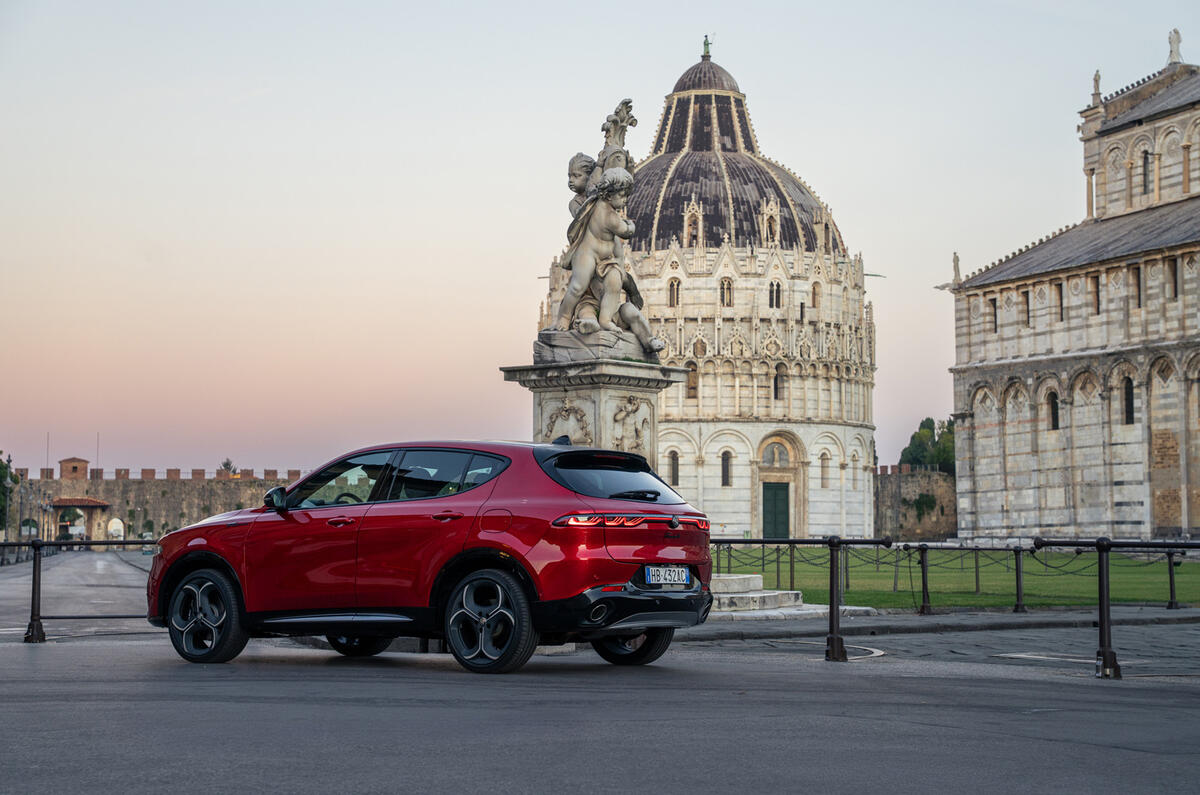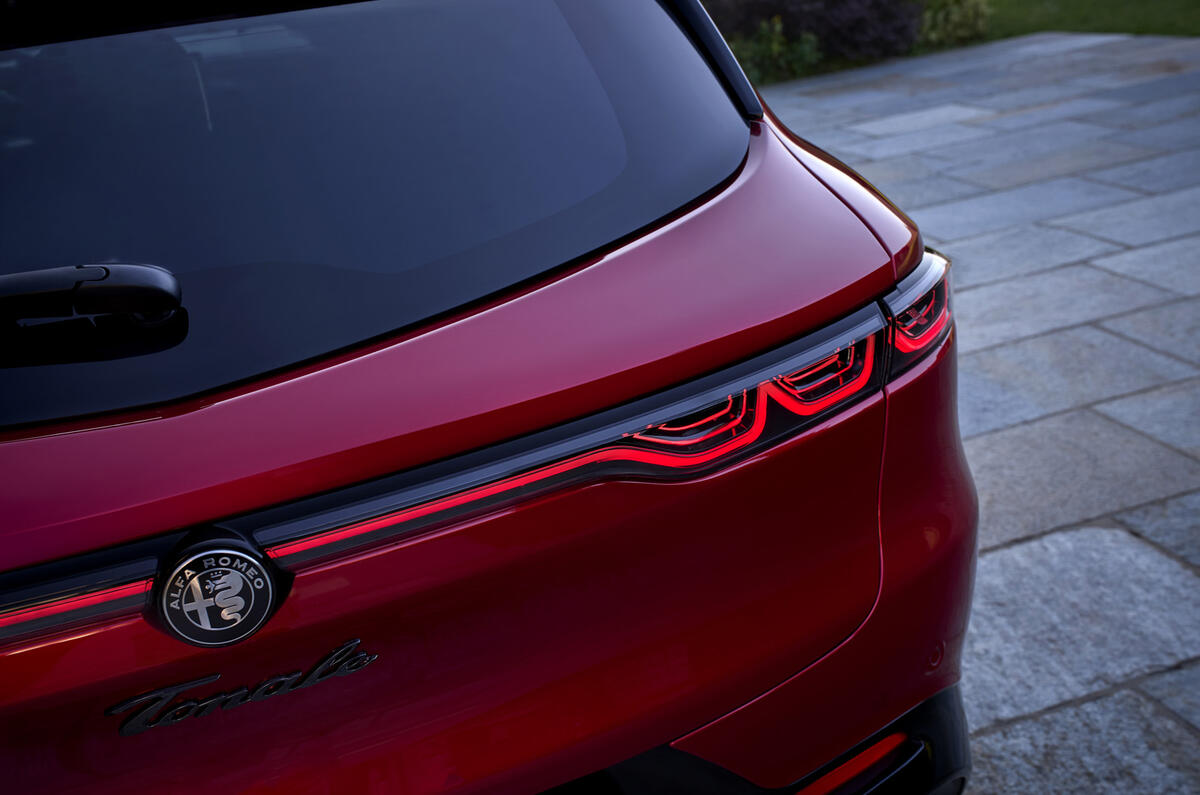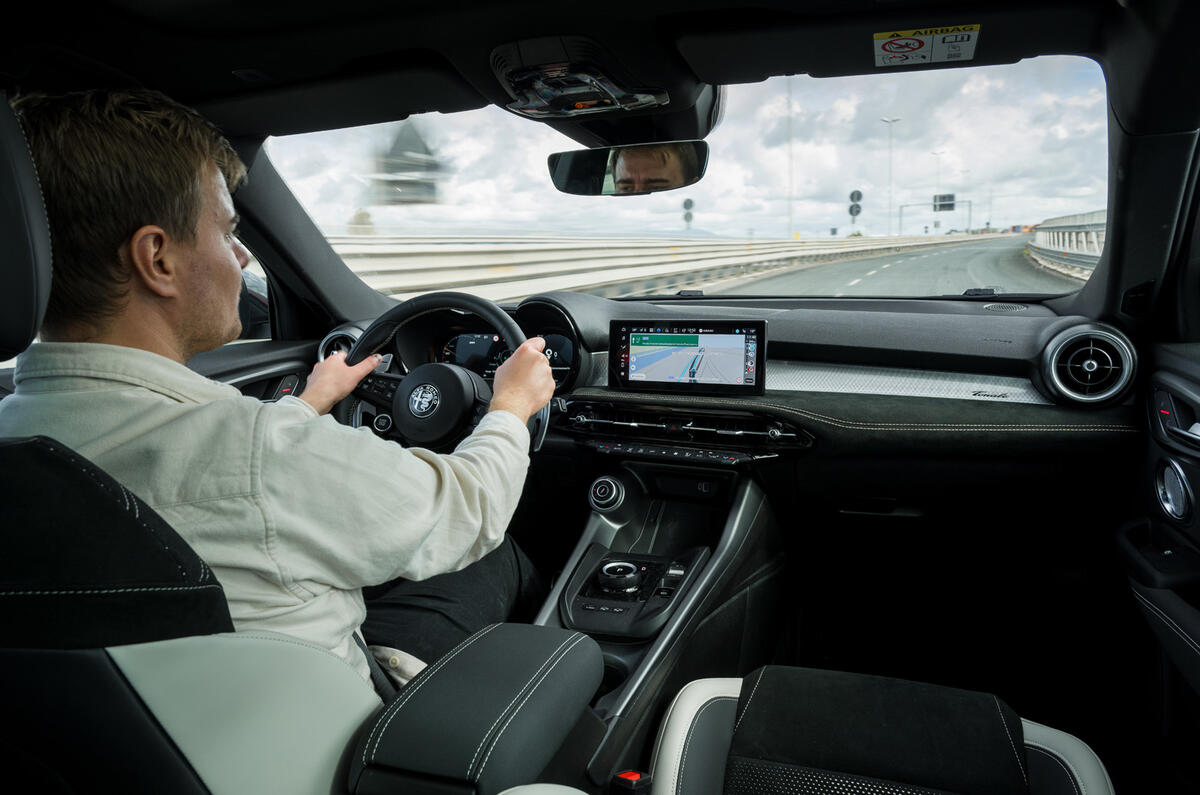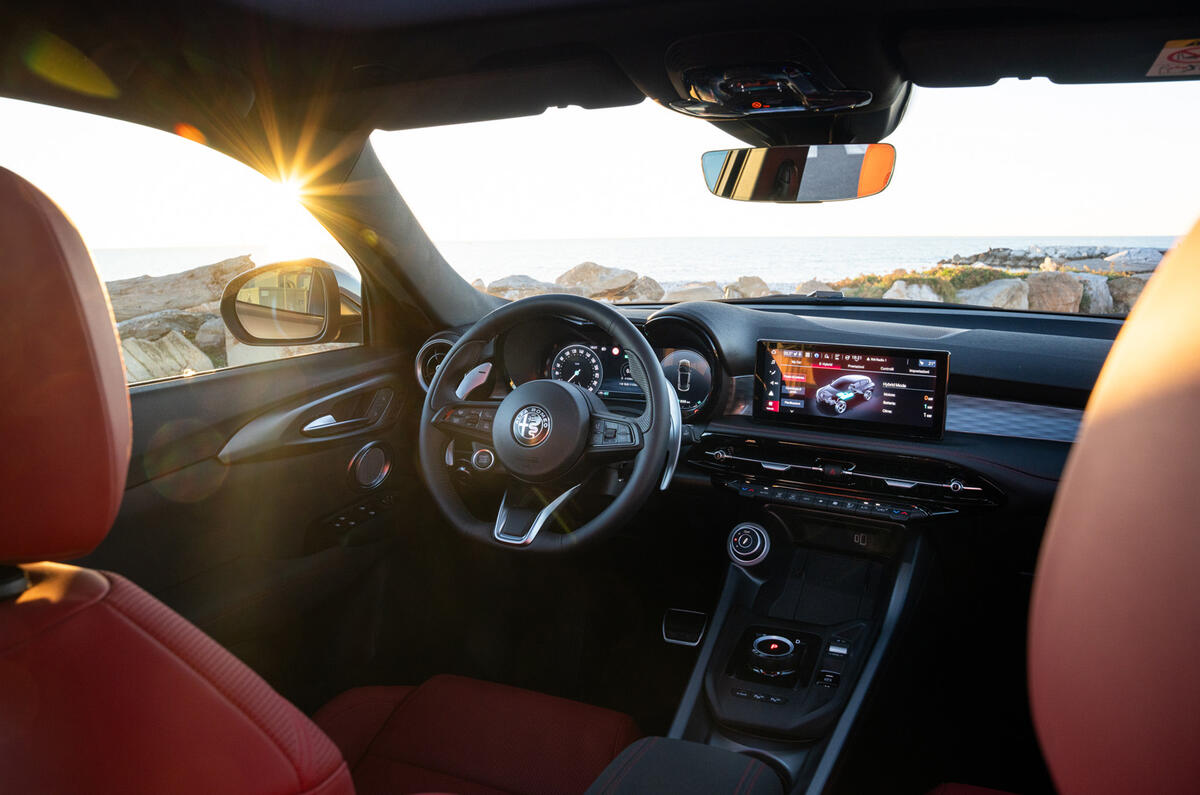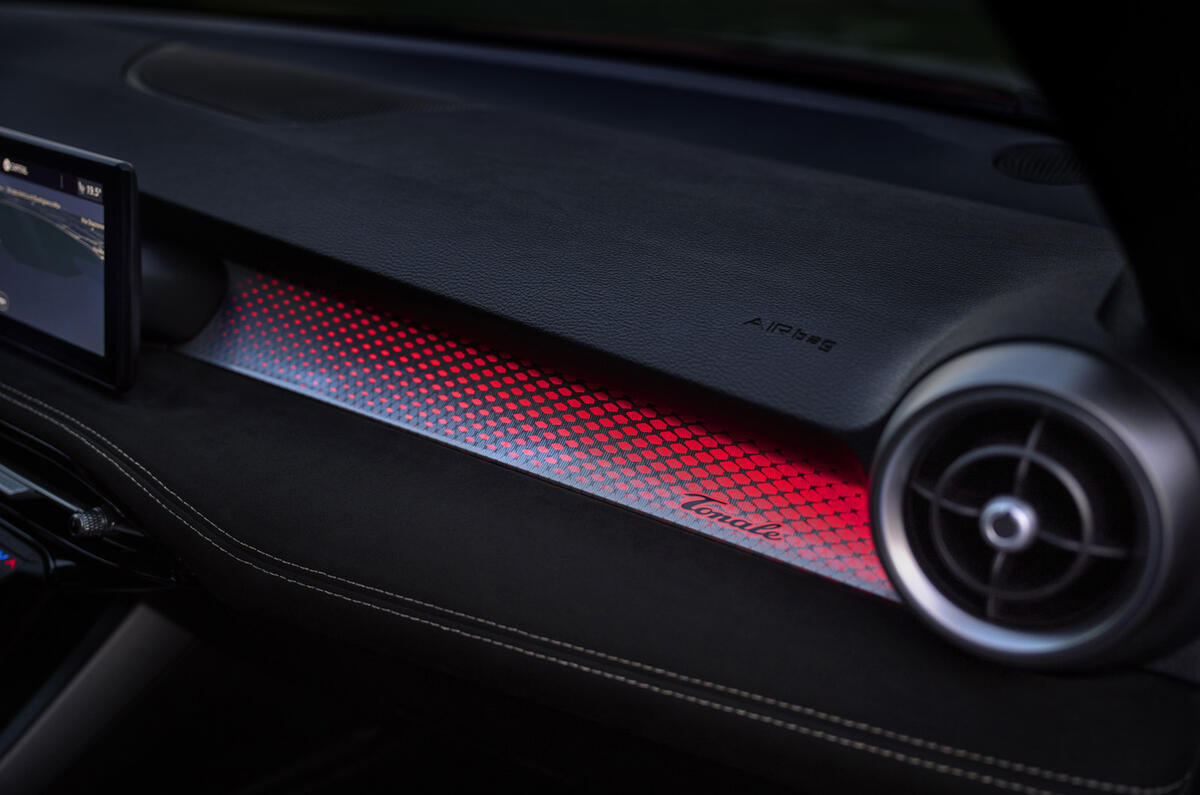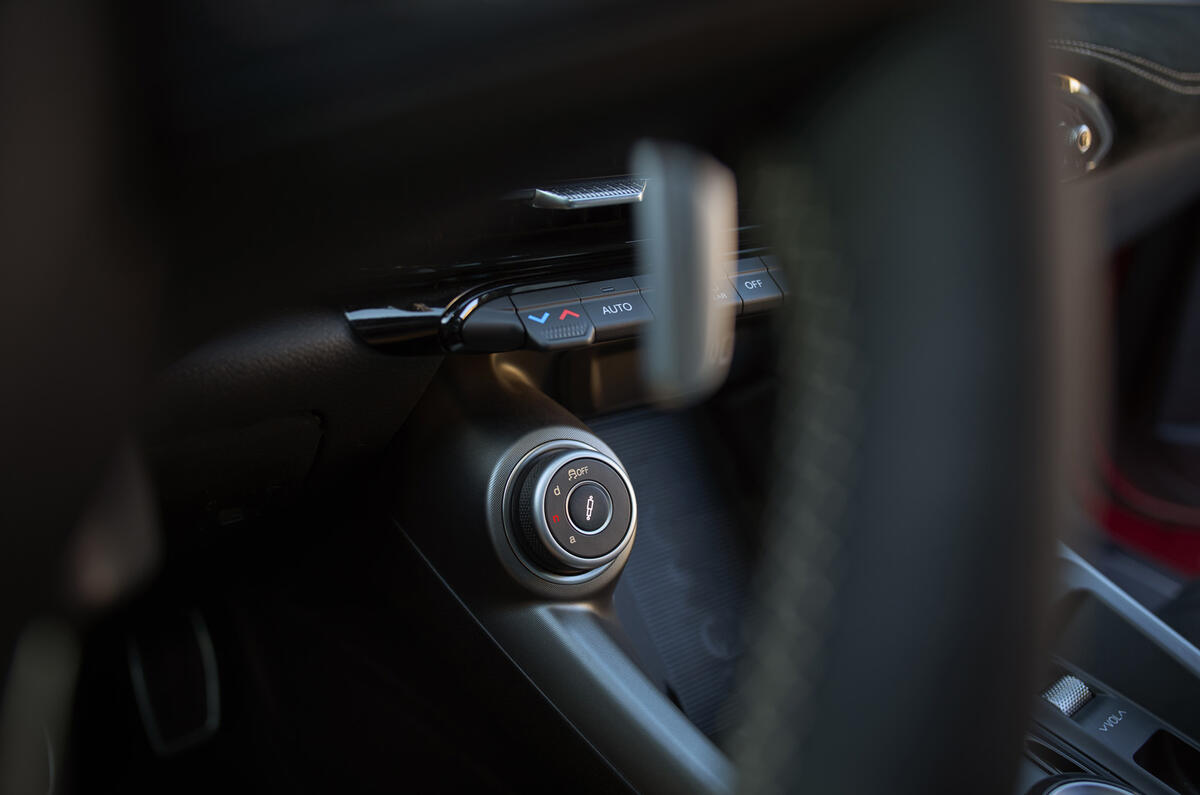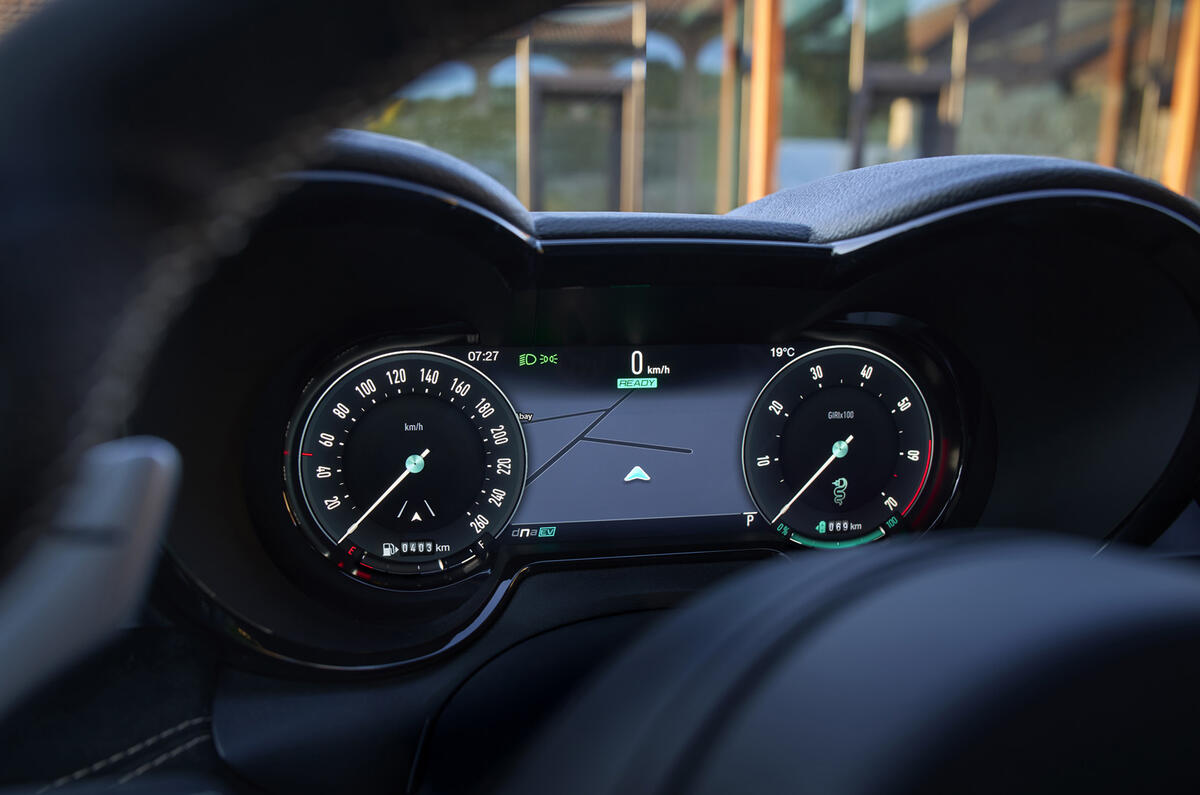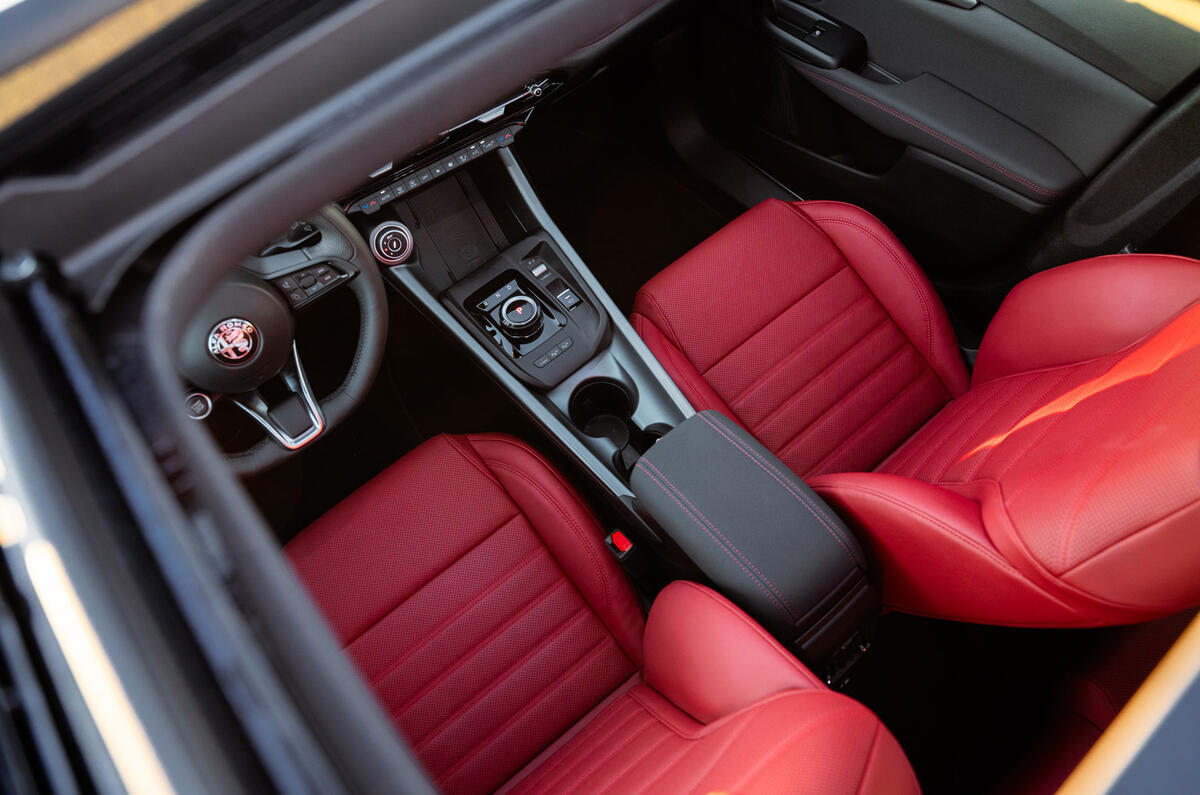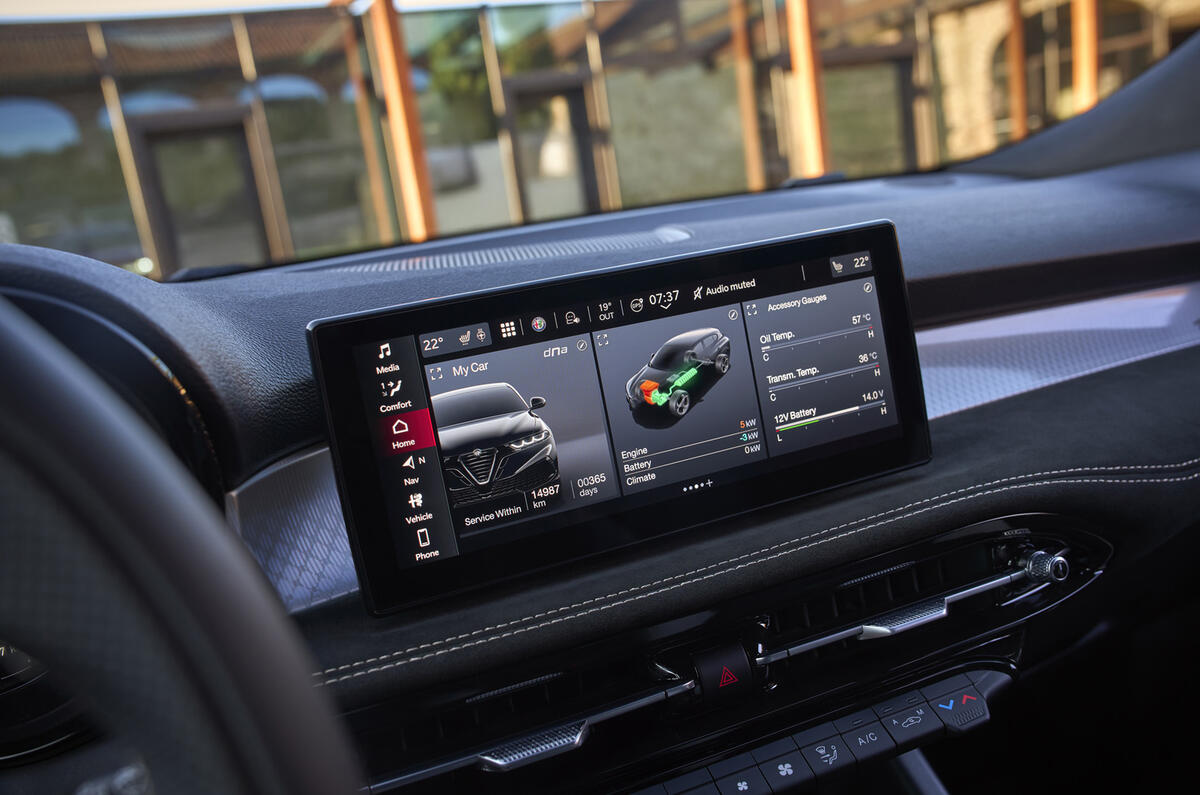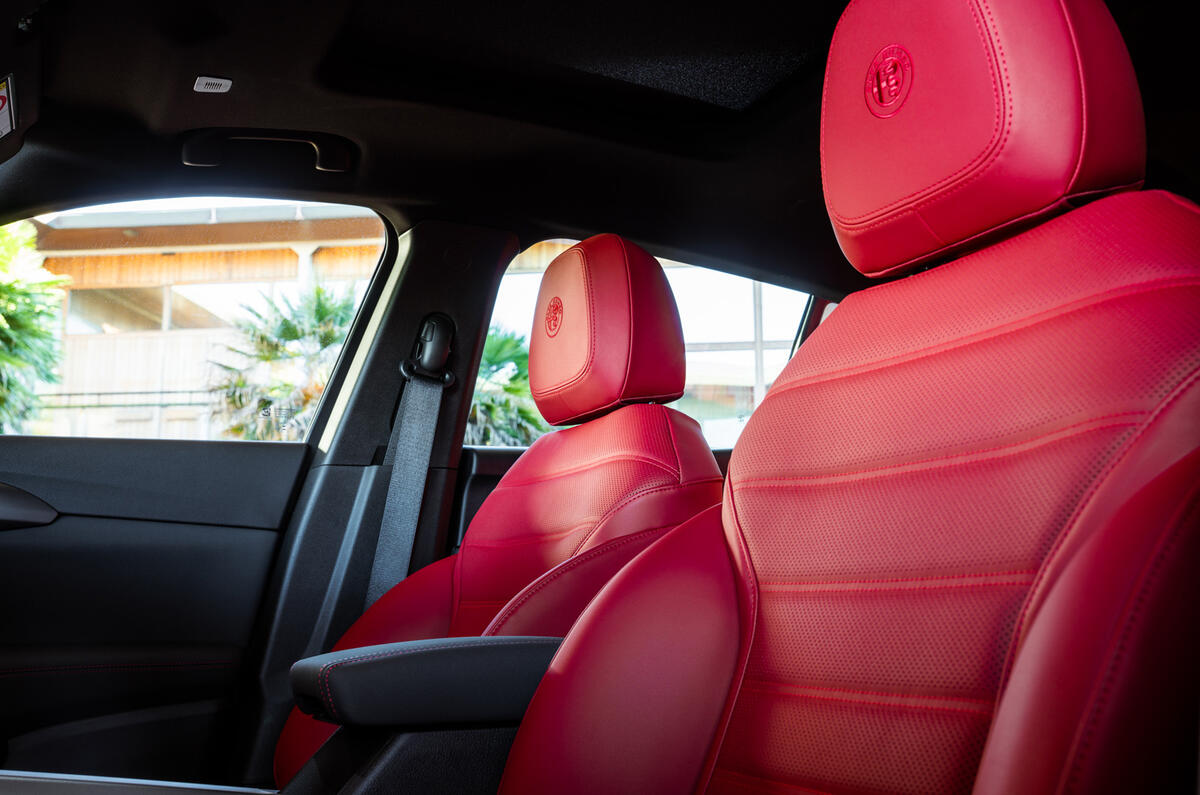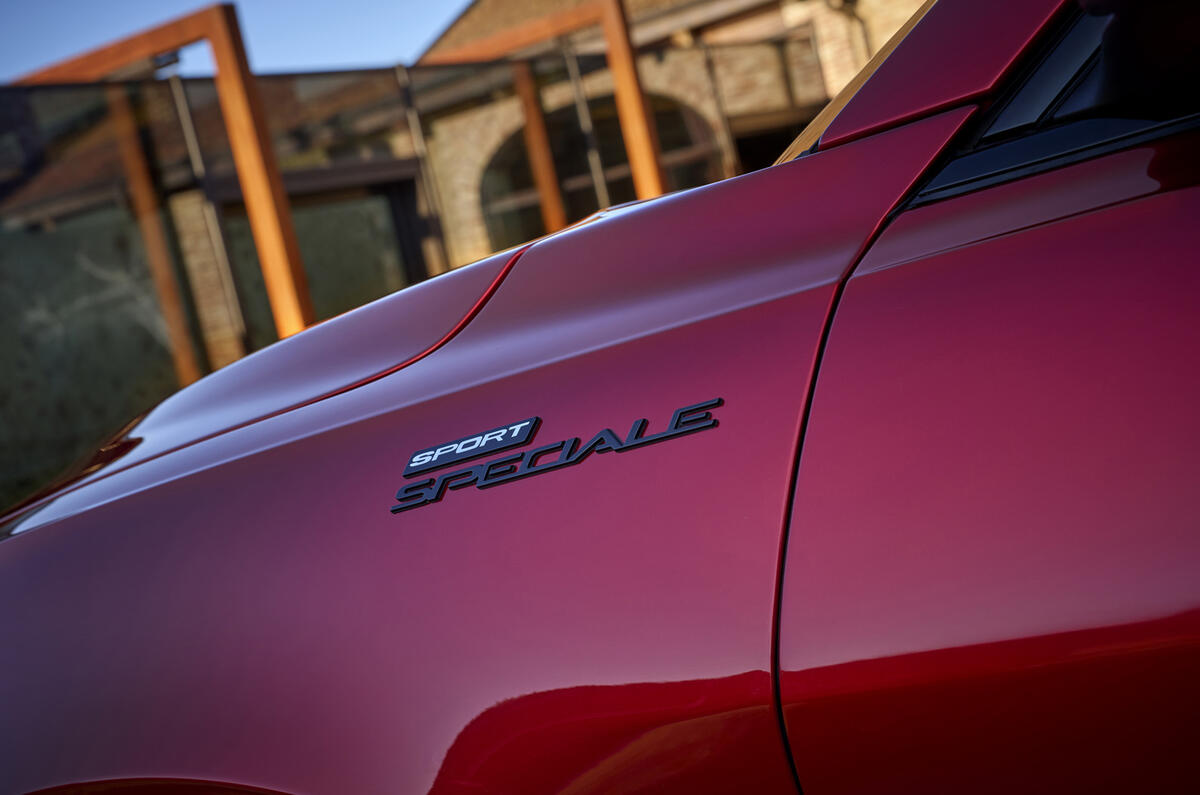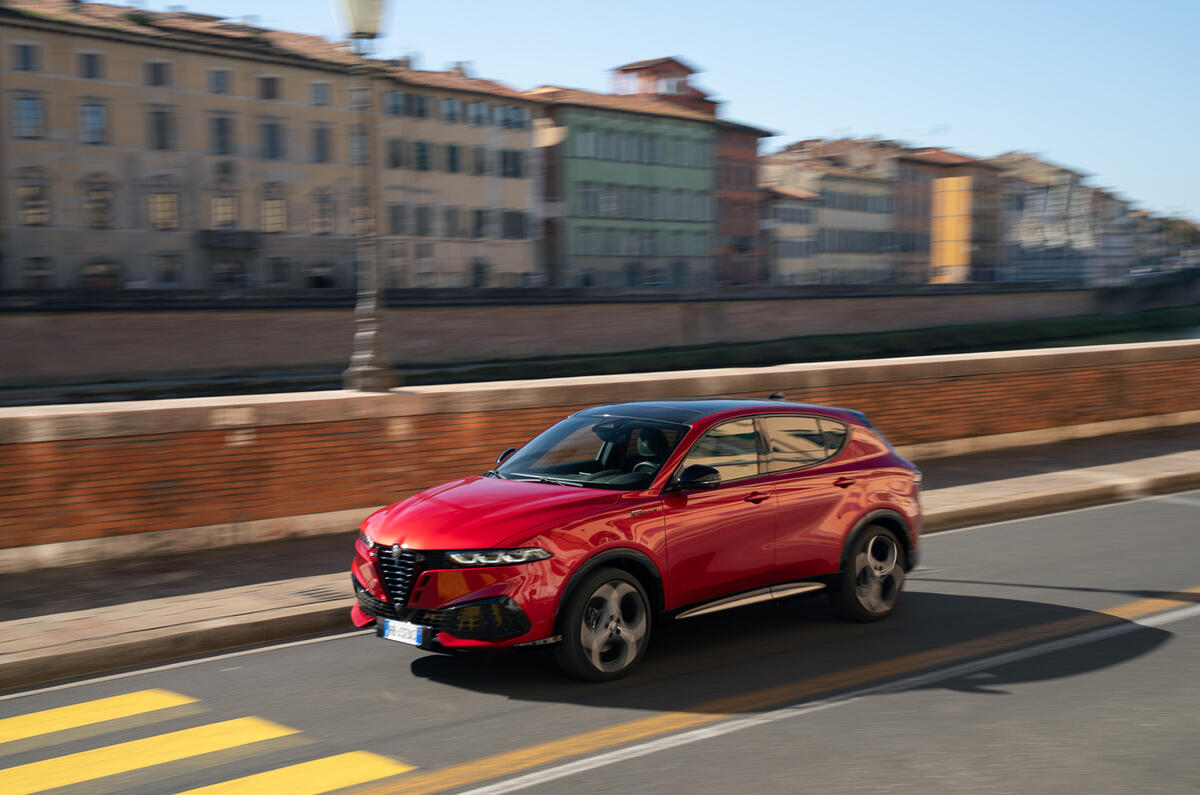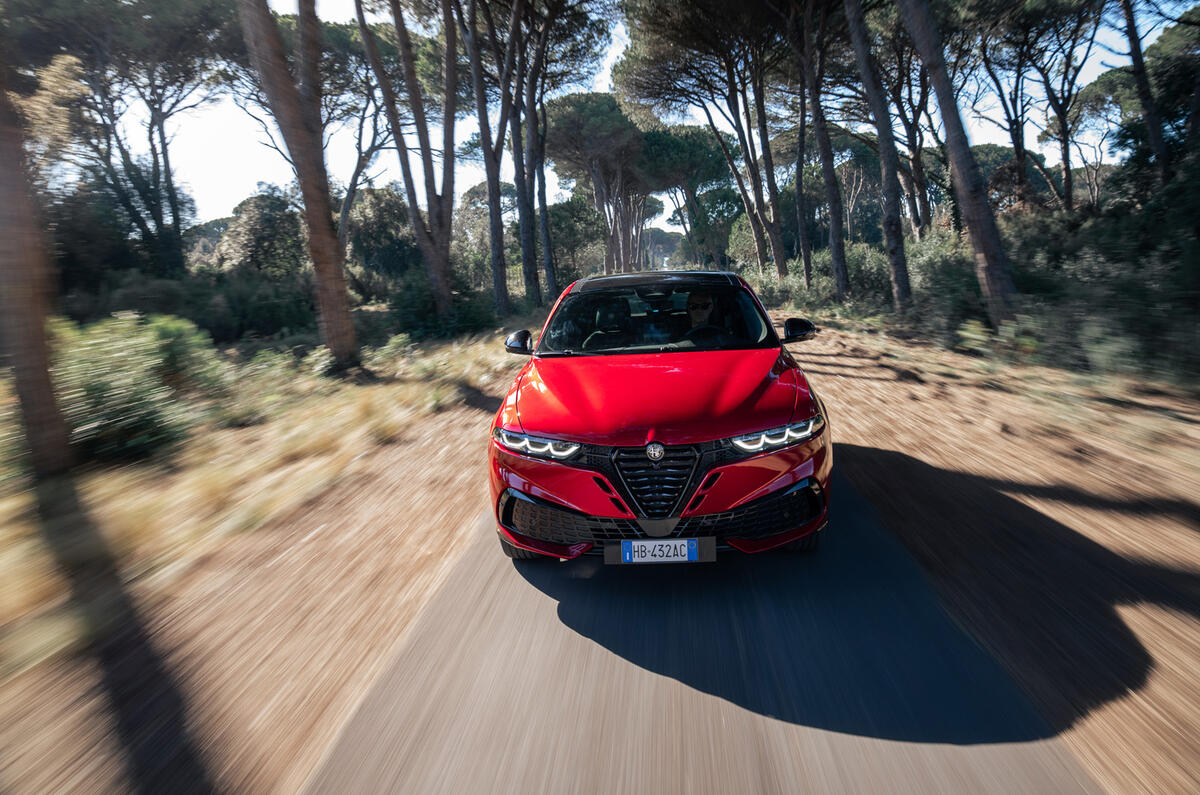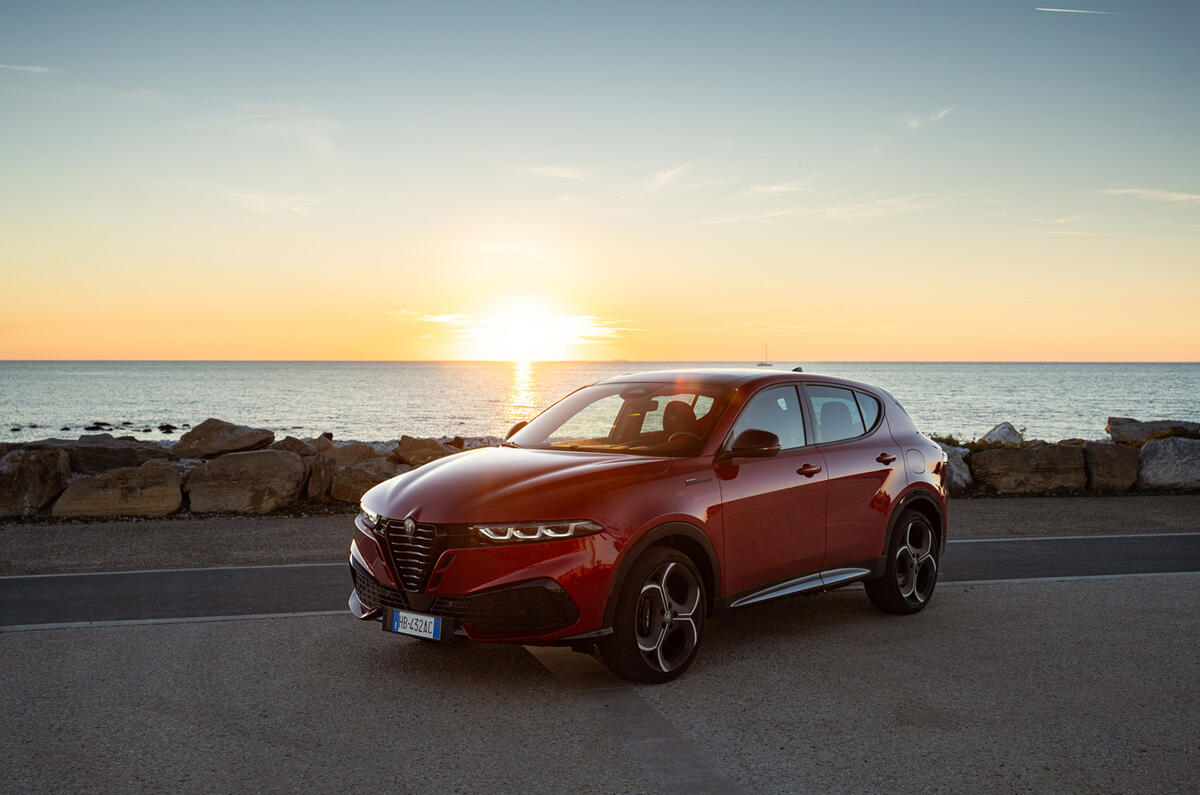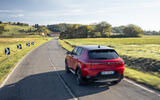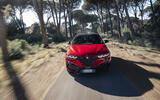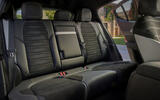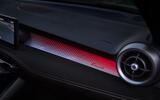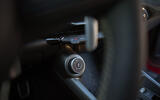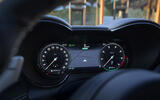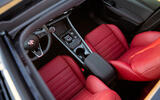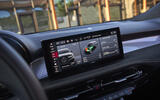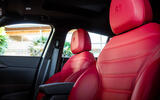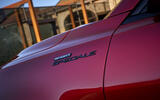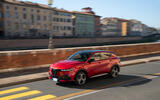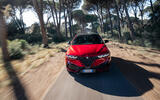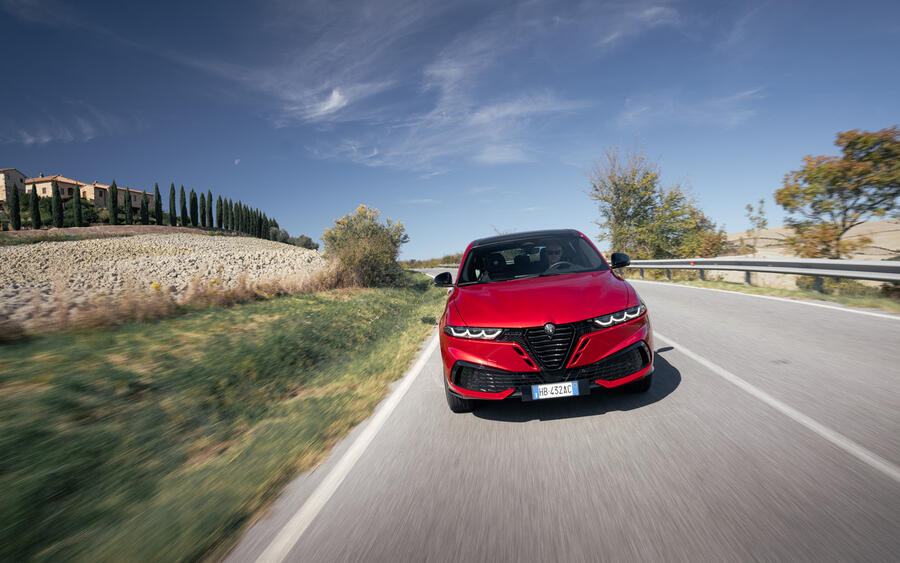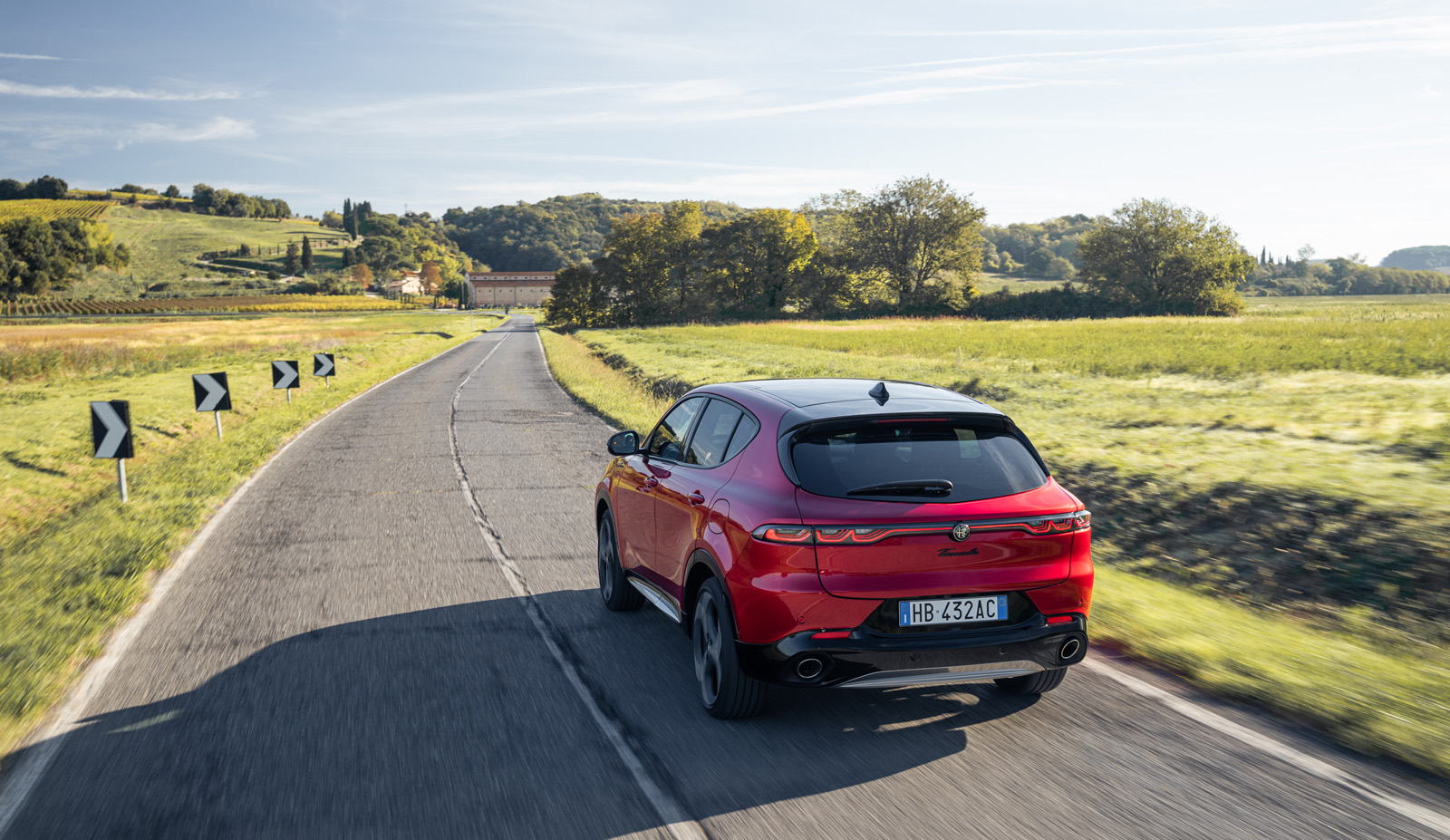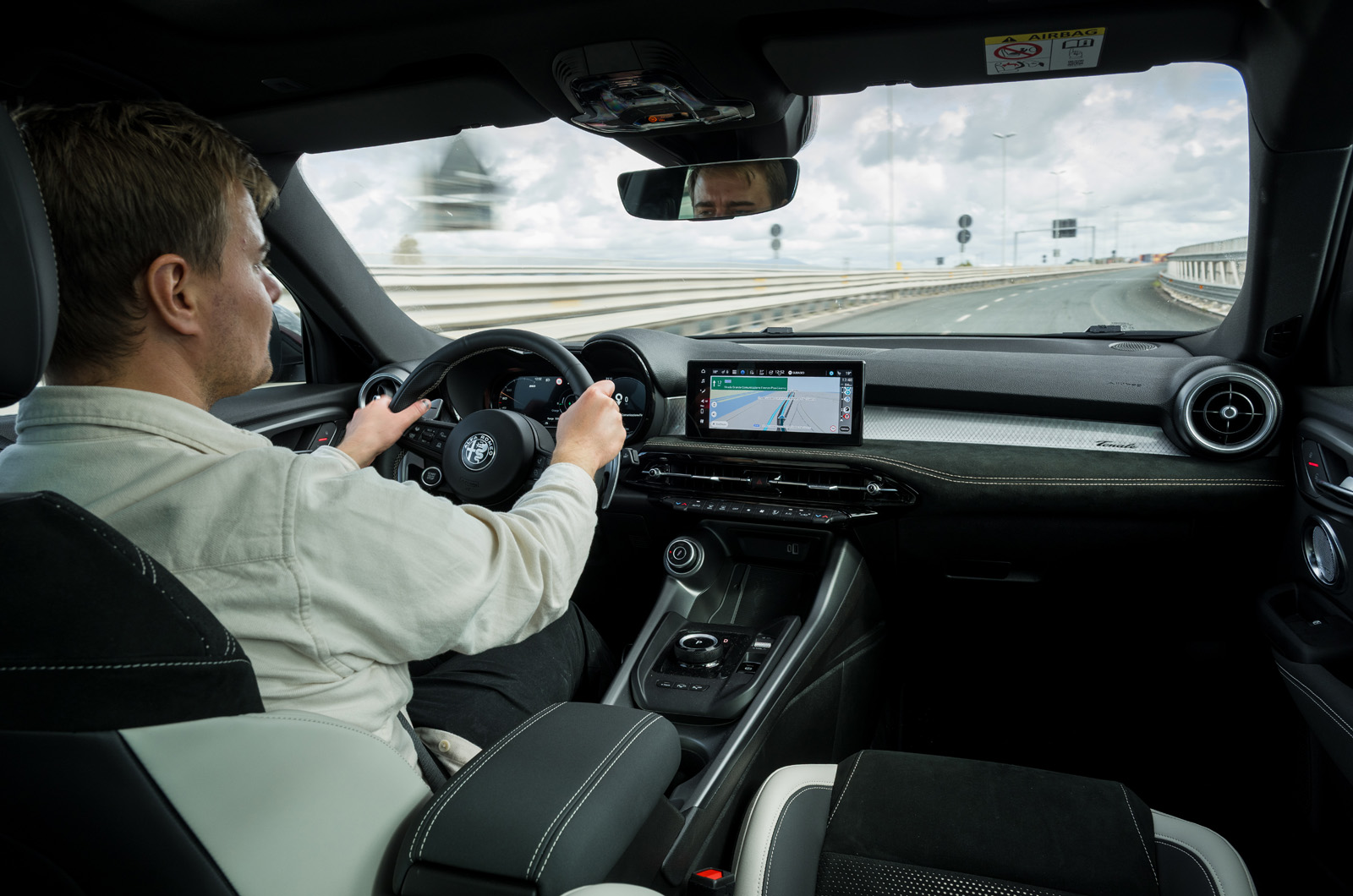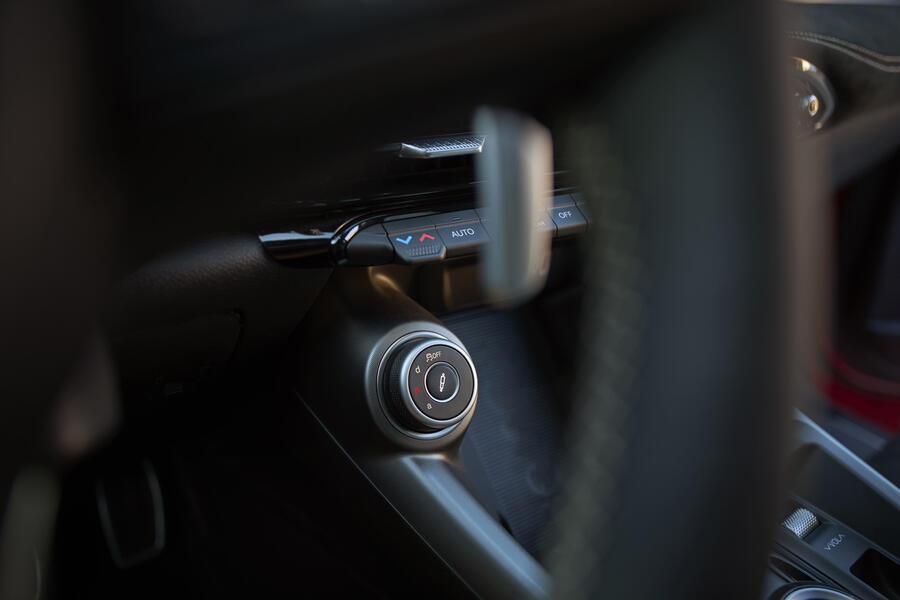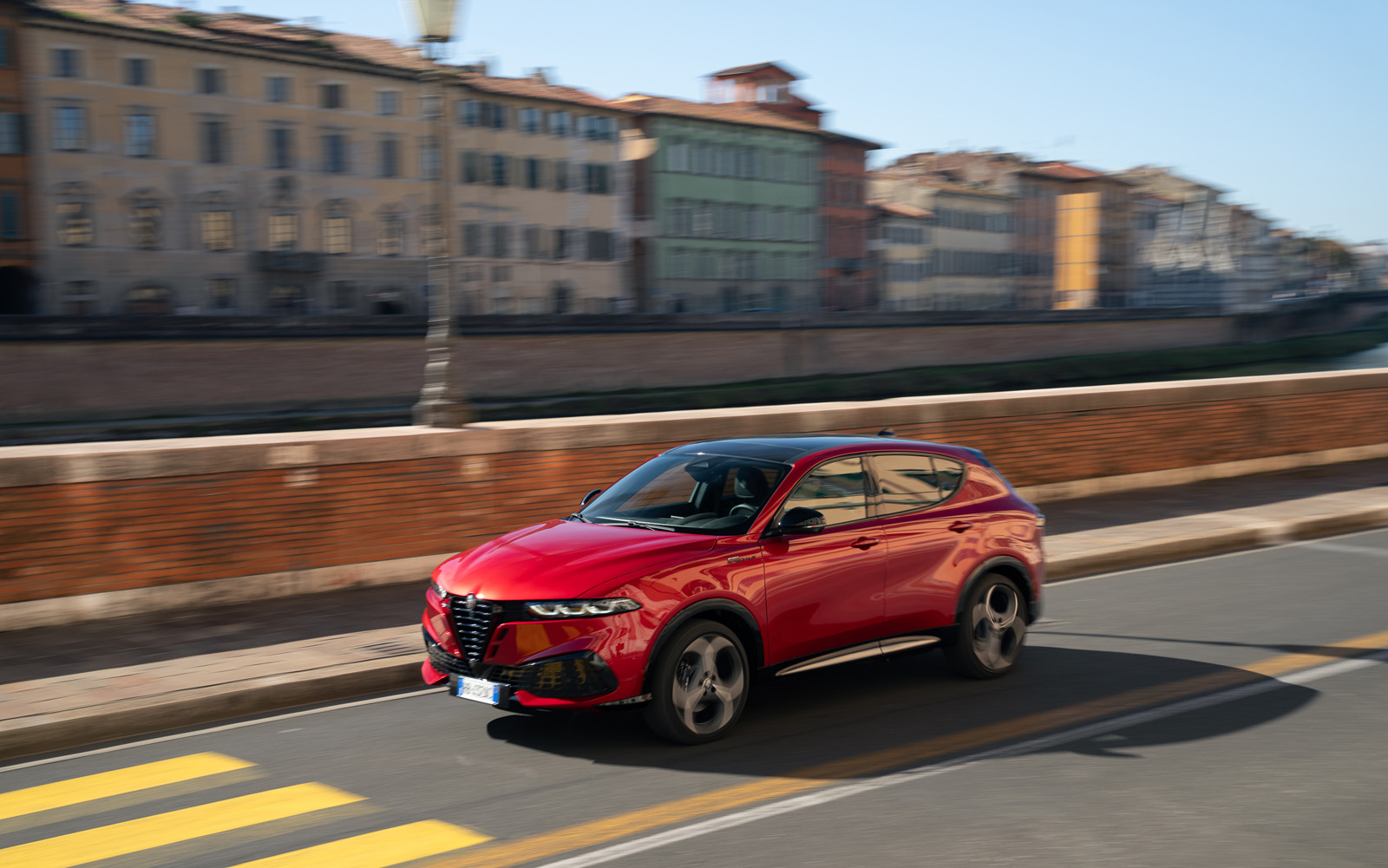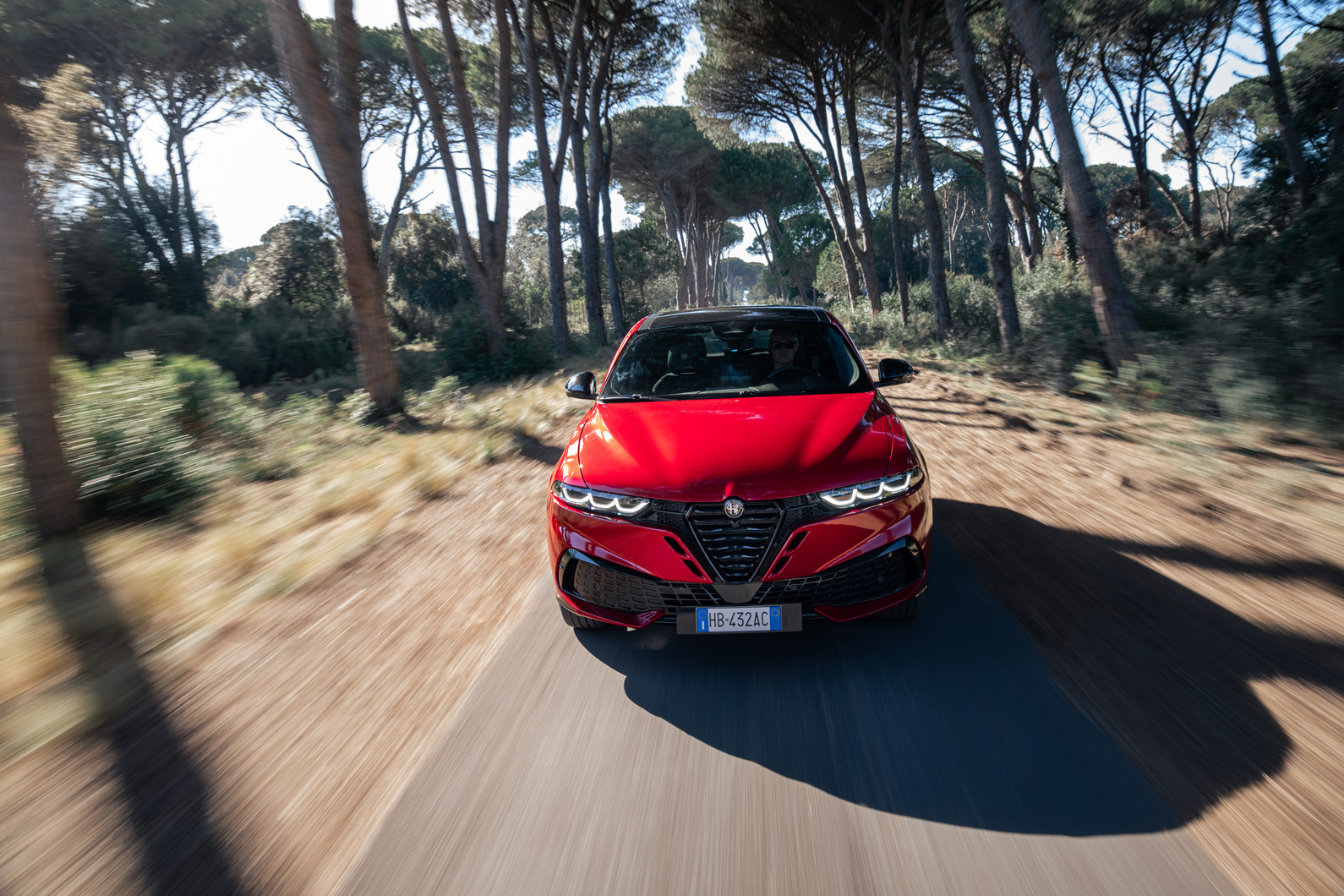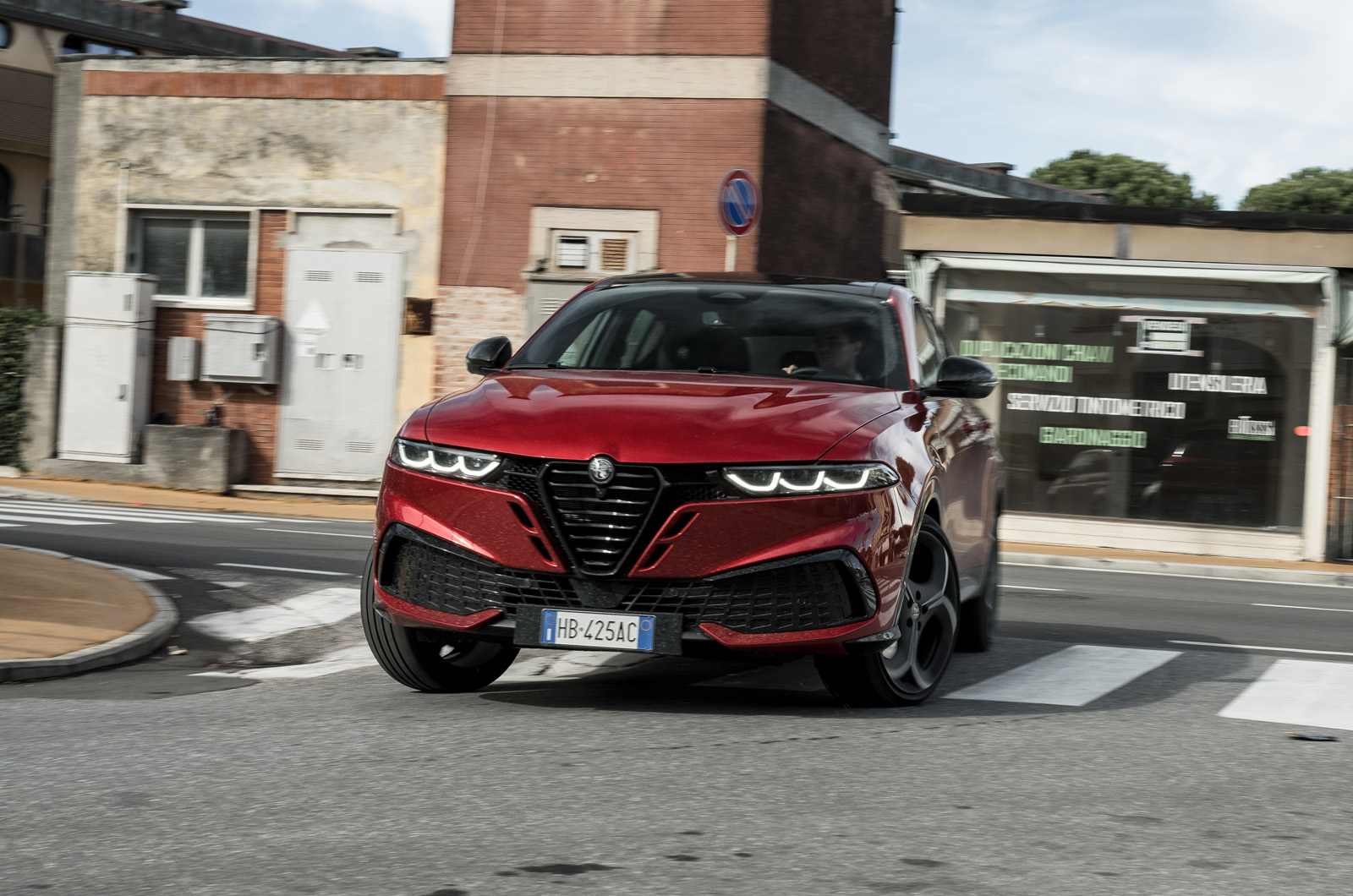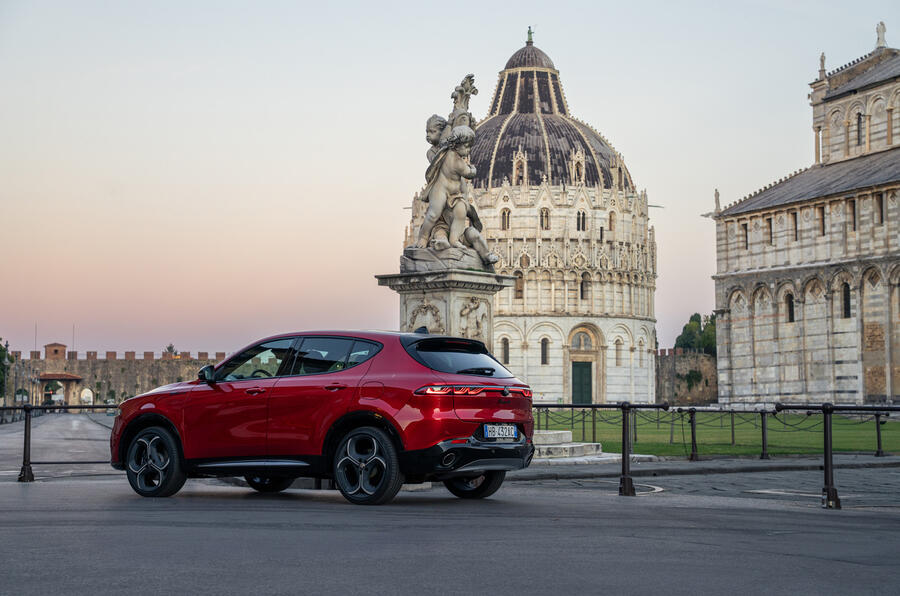If the Tonale was intended as the car to save Alfa Romeo (and, let’s face it, there have been a few), you wouldn’t really know as much from a pair of electrified powertrains whose outright performance and drivability each leaves a fair bit to be desired.
Alfa’s engineers will tell you that the small electric motor and drive battery of the mild-hybrid model are ‘right-sized’ for the car - but in practice they feel undersized to provide a truly convincing hybrid driving experience. The engine cuts in very quickly and it gets quite buzzy when it’s pushed. It feels slightly stronger and perhaps a shade more refined than some hybrid options, but a conventional petrol 2.0-litre BMW X1 is faster and more refined still.
Largely the same is true of the mild hybrid’s seven-speed dual-clutch gearbox: it’s okay, but if you’re coming from a BMW eight-speed auto, you won’t be impressed with the smoothness, speed or shift points it chooses.
In the case of the more powerful PHEV, outright performance certainly feels more responsive and assured, but here the Tonale’s pace and drivability depends quite a lot on the condition of its drive battery.
Mechanical tweaks for 2026 are slight, mainly centred around making the 1.3-litre engine compliant with Euro 6e emissions rules - as a result of which it is slightly down on power, from a combined 276bhp to 266bhp. Not that you will notice the deficit on the road.

You're more likely to remark on the upgrades Alfa has made to augment the general refinement and integration of this petrol-electric arrangement, which had previously felt clunky and slightly under-developed - dulling any sense of engagement you might have gleaned from driving it hard.
It’s much smoother and more intuitive now, slipping almost imperceptibly between EV and ICE power when pootling around in hybrid mode - to the extent you sometimes need to check which type of energy you’re consuming. The spell is shattered by the thrashy droning of the undersized petrol engine as you push on, and the gearbox – however enticingly tactile the shift paddles may be – is simply too ponderous in its responses to encourage any degree of exuberance. It hesitates slightly on manual shifts, and when you leave it to its own devices, it needs a second to decide on a plan of action on kickdown or corner exit.
But broadly the powertrain feels slightly more complete and a more natural fit for the Tonale. It’s still worth noting, though, that the latest Q3 PHEV offers nearly double the electric range - and can fast charge at up to 50kW, making the Tonale’s 7.4kW maximum speed feel distinctly old hat.
When fully charged, our performance tests of the pre-facelift car confirmed that it will indeed hit 60mph from rest in 6.3sec and go on to crack a standing quarter mile in a shade under 15sec – both creditably athletic markers. But when we tried the same tests again with the battery fully depleted, the car needed a second longer to hit 60mph and more than 2.5sec longer to hit 90mph from standing.
The subjective performance of the Tonale PHEV feels even more adversely affected by a flat battery. Part-throttle responsiveness is dulled quite noticeably when the combustion engine’s crankshaft is being ‘dragged’ in order to top the battery back up, so it feels a little as if you’re driving through treacle - that is, at least, until you get to the lower reaches of the accelerator pedal’s travel, when the car’s powertrain calibration switches. Rivals certainly do a better job of delivering a consistent driving experience regardless of battery condition.




